Chico State takes the lead in combating student hunger
A recent report released by the California State University chancellor’s office found 24 percent of students in the CSU system go hungry.
That’s almost half a million people.
According to the report, 12 CSU campuses have no resources for to help their students with food security.
Chico State, however, was praised by the report for providing above average assistance for students facing food insecurity. The report has put Chico State in the spotlight as a trailblazer for student health, and now more CSU campuses are looking to the resources provided at Chico State as an example for their programs.
According to the report, Chico State is estimated to have 41 percent of students with food insecurity, much higher than the state average. To support the high number of hungry students, Chico State started the Hungry Wildcat food pantry and the CalFresh enrollment program.
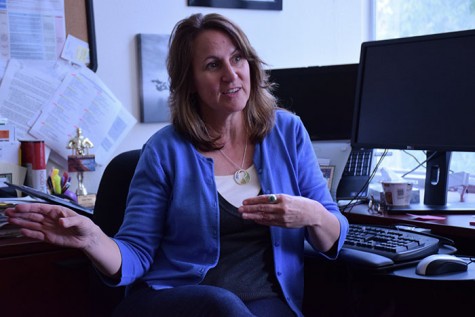
“If you do not have access to nutritious food on a regular basis, you don’t know when your next meal is coming or where it’s coming from and it’s not of nutritional value, then you could be considered food insecure,” said Jenny Breed, health education specialist for the Center for Healthy Communities
Students fitting this definition are the kind of people that Breed and her interns assist every day. They encourage students to take part in the CalFresh program.
“CalFresh is a federal program administered through our local county social services office,” Breed said. “Last year we enrolled 900 students in the CalFresh program.”
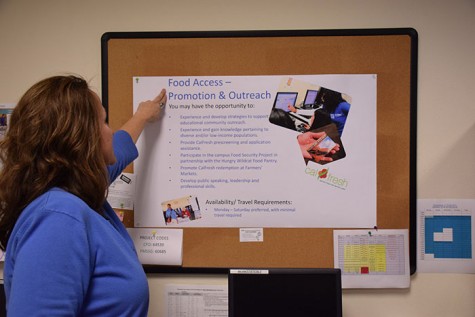
The CalFresh program gives people money and tokens to purchase food. Recently, the CHC paired up with local farmers markets so CalFresh money could be exchanged for fresh produce there.
Veggie Bucks is another program Chico State uses to help hungry students.
“Students can take their Veggie Bucks over to the OVP on campus on Wednesdays and actually exchange it for fresh fruits and vegetables,” Breed said.
The CHC is not only setting an example for other CSUs, but for the rest of the community in the Chico area as well. As an intern for the CHC, Aden Osoria is part of the team to expand the influence of the program to the community.
“It’s a lot of finding how different organizations can help out,” Osoria said. “It’s expanded to Butte College, it’s expanded to Yuba College, so it’s a lot of setting an example and taking it to other campuses around the area.”
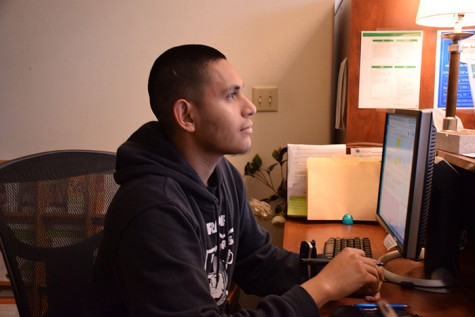
On March 28, all 23 CSU campuses had a conference call discussing the chancellor’s report and how the campuses can provide better assistance to students. “We just got support from the chancellor’s office to take our CalFresh outreach program and take it to all the campuses,” Breed said.
While Chico State has been praised for its food programs, the college still has a lot of work to do to combat the high levels of student hunger.
“I would really love to find some funding to support more cooking classes,” Breed said. “Having the food is one piece of it, but knowing what to do with the food is the other piece of it.”
The ultimate goal for the CHC is to destigmatize student hunger.
“We want CalFresh to be just as normal as financial aid so that anyone who is getting CalFresh feels like it’s not a big deal,” Breed said. “We strive really hard to normalize it and that’s what we do a lot of, that’s how we’ve enrolled so many students.”
To support the efforts of the CHC with the Hungry Wildcat food pantry and CalFresh enrollment, anyone can donate food or money.
Breed says what everyone can contribute by knowing the CHC is “not just giving food, it’s supporting the idea that we don’t know what hunger looks like.”
Elizabeth Helmer can be reached at [email protected] or @lizziehelmer on Twitter.




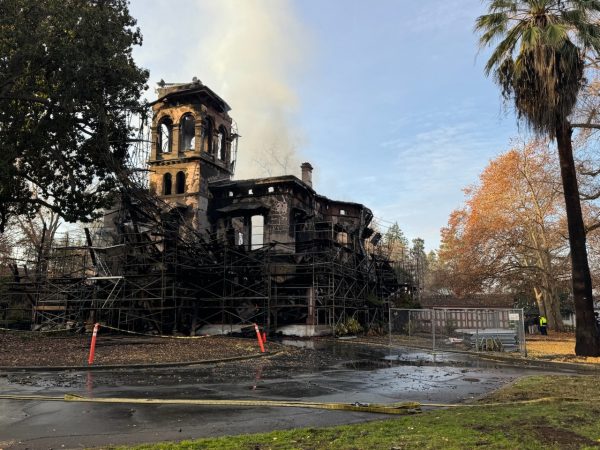
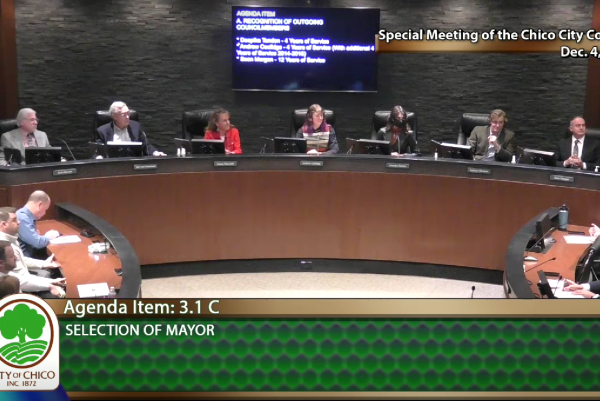


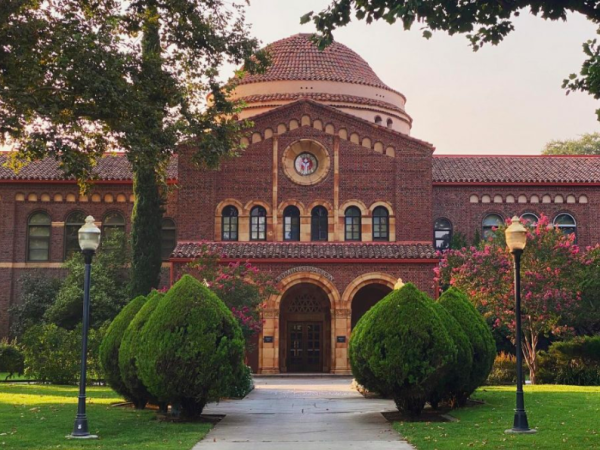
Stacy Bearden // Oct 8, 2016 at 11:23 am
While I praise Chico State for what they are doing to aid students in fighting their food insecurities, I am upset that you make it seem as if you started this movement. As a faculty member at Butte College, we have been helping our students with food since 2008. In fact, Butte began this program in response to the economic downturn and the influx of new students who could no longer find employment in the community. I have personally assisted with efforts to restock our Food Pantry shelves, my 12 year old son has set up food drives at his school and bagged food to be given away to our students, and as a faculty member I have sent students over to the food pantry to recieve food. We are in this together; since, after all we are one community. I think the article should be praising all of the schools for their efforts and not trying to make it seem as if one school (your campus) is the leader in the fight against student hunger.